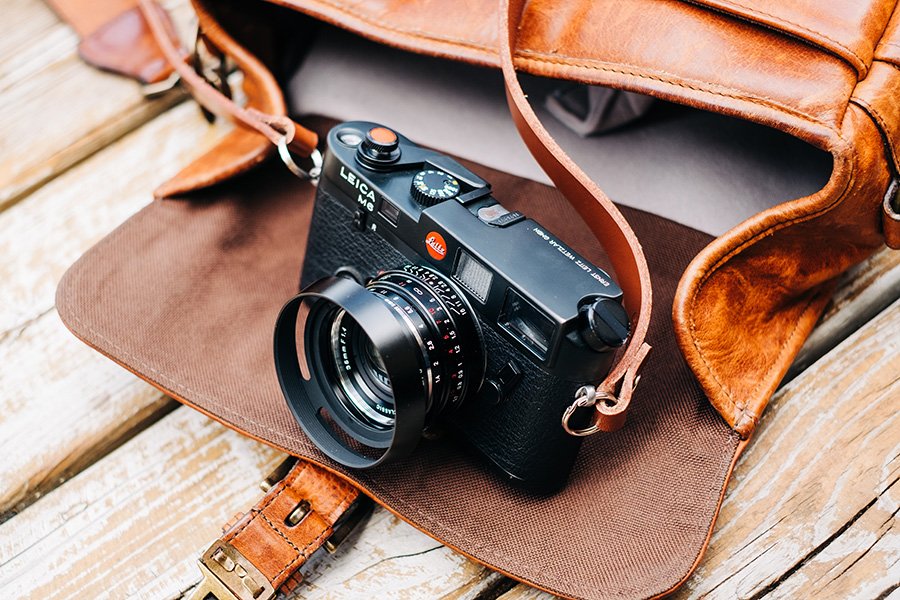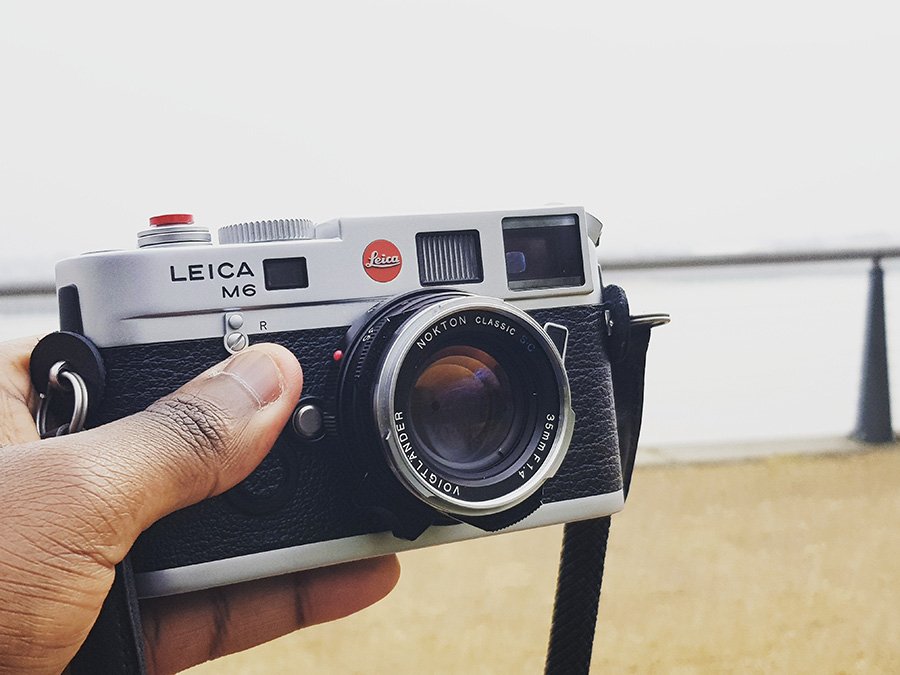They are tiny, so ever wonder how are Leica lenses so small? The answer is much more surprising than you think.
Introduction
So, how are Leica lenses so small? Well First things first, the assumption here is that the small lenses we are talking about are Leica M lenses. This is the mount that most people think of when the name Leica comes out, but they have a few like the old R mount and the current L mount.
Now that we have that out of the way, why are the M lenses tiny?
How are Leica lenses so small?
While the lenses are small, when taken in context, they are not as diminutive as you might think. Sure when compared to modern full frame lenses like Canon and Nikon, the Leica lenses are shrimps but when you look back in time the lenses aren’t that small.

Leica lenses aren’t particularly small at all
Truth be told, Leica M lenses aren’t particularly small at all. They are small compared to today’s standards (more on this below) but compared to cameras back then, they are actually quite normal sized and so was the M bodies.

Just look at this Konica Auto S3 camera. It has a relatively fast 38mm f1.8 and it’s pretty compact. Granted you can make the point that this is a fixed lens, but overall the size isn’t too far from Leica.
There’s also the other part where it is impossible for Leica to conquer physics. Most of the small Leica lenses are Summicron lenses. These are f2 lenses, quite fast for their size but when you compare them with Summilux lenses which are f1.4 lenses (and slower), the size starts to show. So it’s really not all Leica lenses that are small. Some are gigantic once you start going faster than f2.
While this is not all of the lens line that has this, some lenses are collapsible and can fold to be very small when not in use. Caution: These usually pre-digital lenses need to be checked if they are compatible with your digital M or else you risk breaking the sensor.
When everything changed
Everything changed in the photography world when autofocus was introduced and there needed to be more “stuff” added around the lens to make it able to turn. The lens could now move by itself but size was lost.
This is one of those cases where certain aspects of technology were better before than after, just like phone batteries. Now screens are huge but phones last only about a day, back then phones could last a week.
Leica on the other hand did not add autofocus to the M camera line. No electronics needed means that the lenses stay the same size. So it is not so much that Leica lenses are small, it is more like every other manufacturer’s lenses got bigger while Leica kept their size.
This is an important distinction to make.

Added technology
But that’s not all. Added technology like in-lens stabilization also means that the lenses need to be even bigger to accommodate all of those electronics. While Leica doesn’t have any around the lens, making it hard for those with shaky hands, they are also way more durable. That’s because motors and electronic components die while Leica’s pure mechanical approach endure for decades.

Conclusion
So how are Leica M lenses so small? They are not when compared to older lenses. But because other manufacturers added motors for autofocusing and other technology, this made their lenses much bigger while Leica M lenses bucked the trend and stayed the same size. While this means other cameras can enjoy things like AF, none are as durable as Leica M lenses.